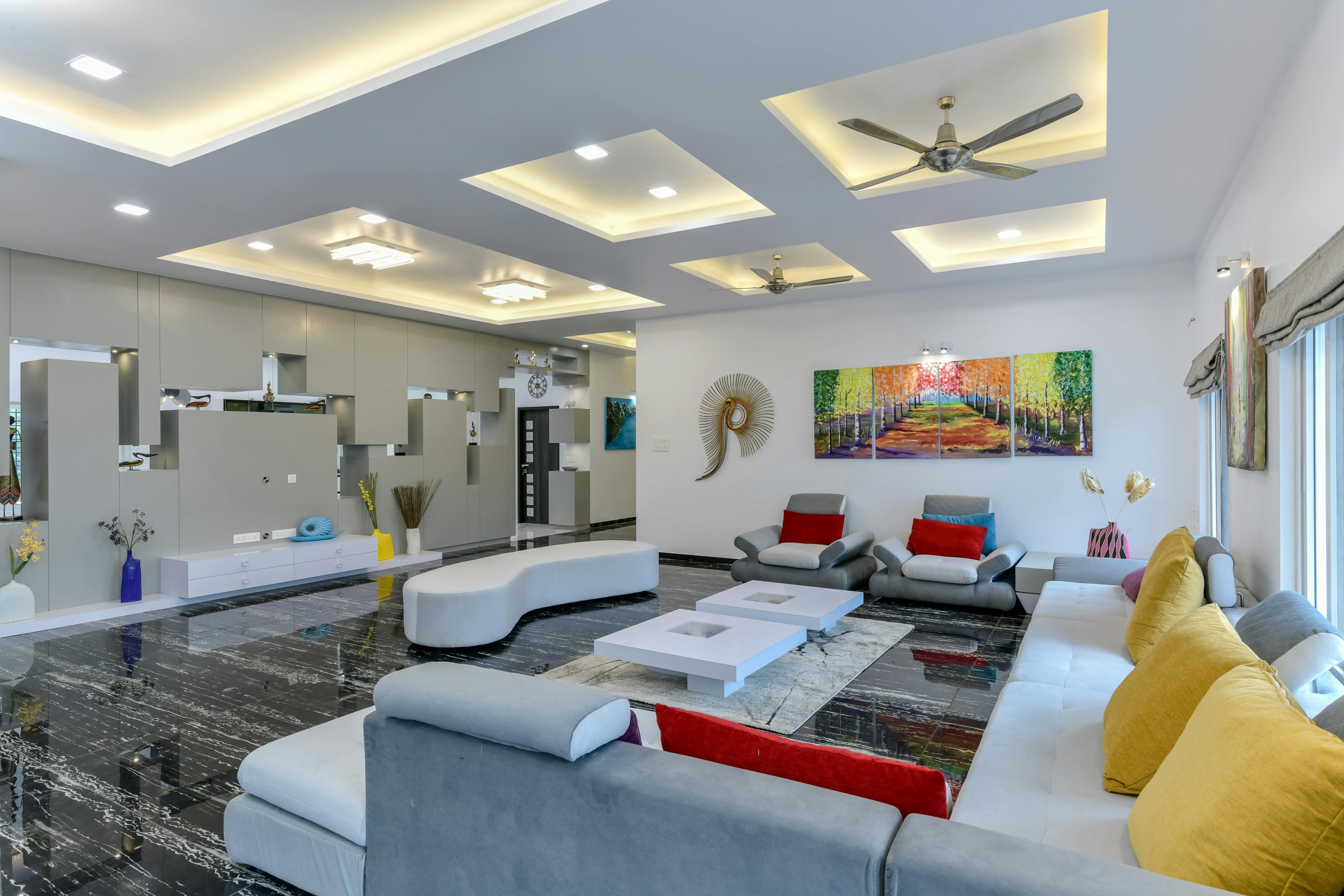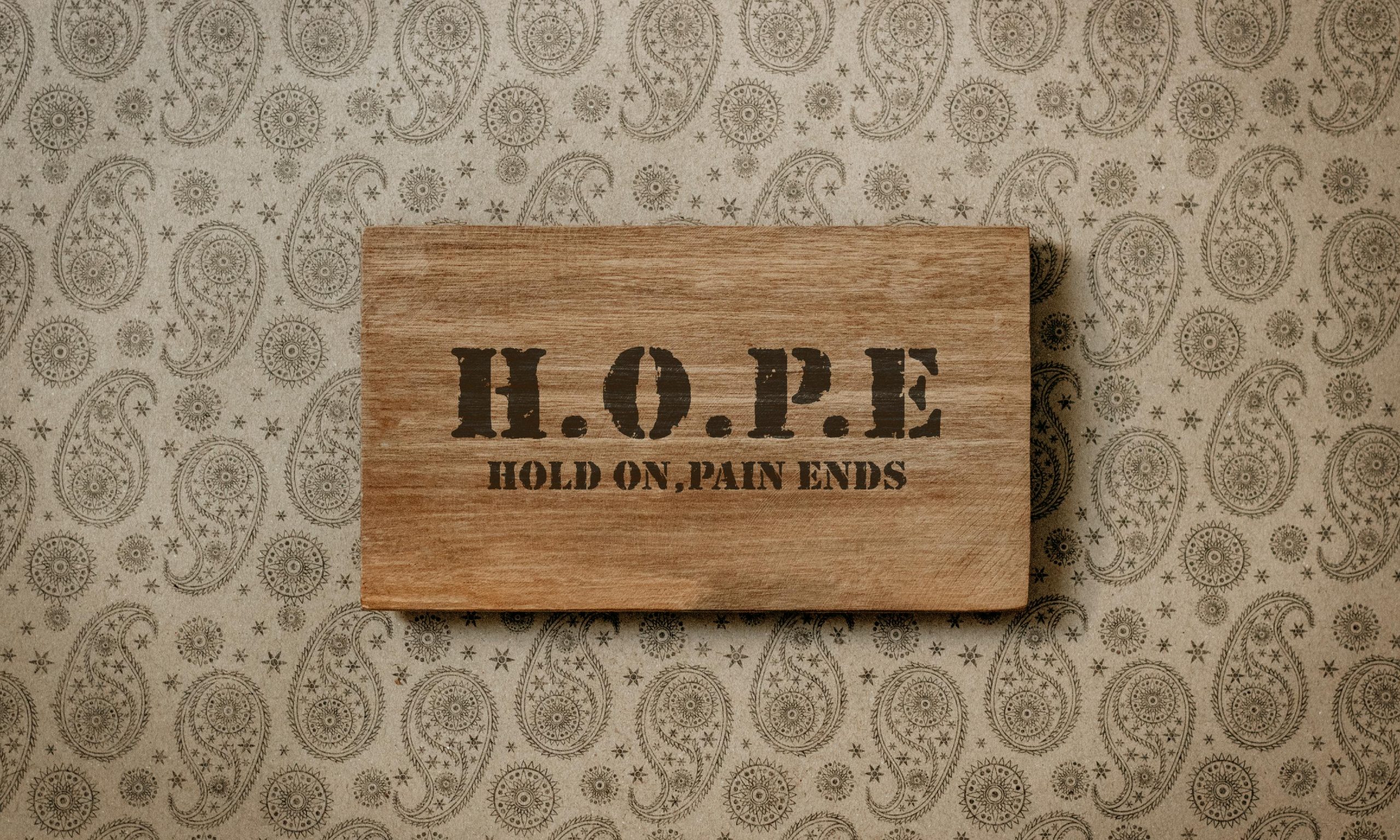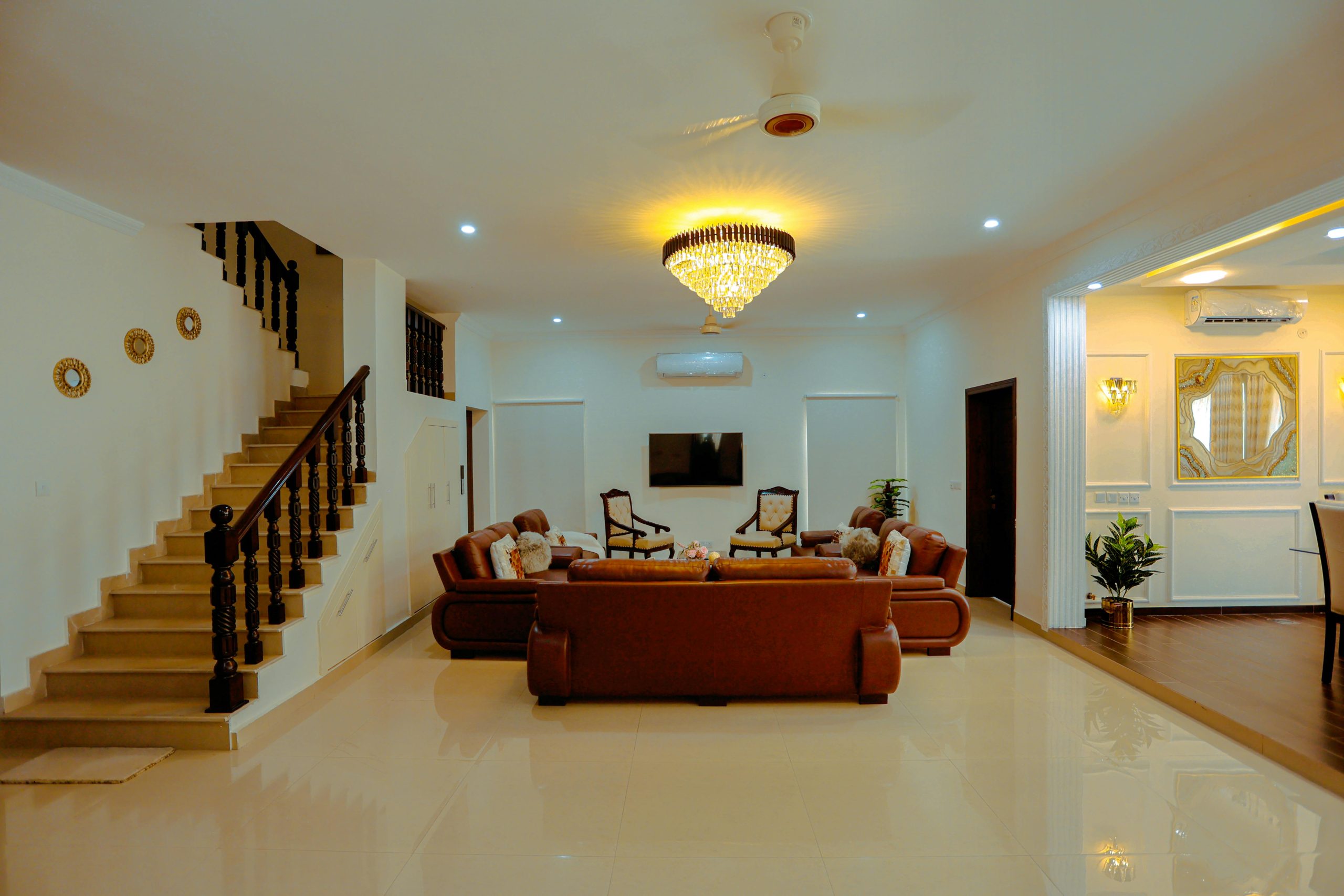Designing a Functional Mudroom or Entryway
Though the mudroom isn’t still a very popular concept in India, a lot of people who are building from scratch are considering having one. While you may not spend hours in this room each day, it’s the main point of entry and exit from your home. Traditionally, the concept of a mudroom belonged to American and European homes. However, soon it spread to other parts of the world. It’s literally become an invaluable part of a home today.
What is a Mudroom?
A mudroom is a versatile and functional space within a home that acts like a buffer zone. It’s found at the entrance of a home. It’s a place where everyday essentials are stored, coats are hung and shoes are kept. Think of it as a place that helps your family stay more organised. Mudrooms don’t even have to be big. They’re tiny rooms that can provide maximum functionality. The entryway is typically located at the front of the home.
When we say mudroom, your focus might go to “mud” and “dirt”. However, it’s much more than that. It’s a practical, multipurpose hub for organisation. Your house will be clean and it will also improve overall efficiency. Everyday items that cause clutter in your living room can be stored here. A few examples include umbrellas, shoes, backpacks, pet gear and sporting equipment. A common mistake home owners make is that once they make this room, they just start throwing all the unnecessary household items here. Well, though the purpose of a mudroom is to hoard all your extra items, don’t clutter it to a point that it ends up interfering with the aesthetic of your home. Just like any other room in your home, the mudroom too can become an extension of your interior style. Make it a place where you have trays, baskets and hooks to make even clutter look good.
5 Tips to Design a Stylish & Functional Mudroom
Keep in mind that mudrooms are high-traffic, transitional spaces in your home. Practicality reigns supreme in a mudroom design. Here are few more tips that will help you create a functional and stylish entryway:
Consider the Layout
As mentioned earlier, you don’t need too much space to create a mudroom. Utilise the space you already have. The mudroom you create is also based on the needs of your family. Every family is different. When you’re deciding the layout, consider how many people live in the home, the kind of activities they participate in, how often you have visitors and if there are any pets. This will surely help you plan better. Once you’ve figured out various parameters, think about how you want to use the space. Do you want to have a little bench inside so that you can sit down to put on your shoes or do you want ample hooks to hang bags, keys, etc. Built-in wall storage is an ideal way to free up floor space. You can even have floating wall shelves to make the space look more interesting.
Shoe Storage is Key
The mudroom is essentially built to store shoes and footwear. You don’t want to just leave them at the entrance. Having a shoe rack is ideal to create some form of visual chaos. IKEA has affordable ones specially built for the mudroom. However, it’s not always easy getting family members to actually put them on the rack. They will simply just kick them off underneath the bench. If cleanliness is important to you, a close cabinet would work.
Mudroom Flooring
If you were thinking of carpeting the mudroom, it’s a big NO. Since it’s a high-traffic area, durable flooring is of utmost importance. Bear in mind that the room is going to be victim to stains, spills, dirt and splashes. A few flooring options for a mudroom include concrete, tiles, brick and timber. Apply a coat of sealant and you’re good to go. If you’re opting for tiles, make sure you choose a dark shade.
Styling a Mudroom
Of course, your mudroom must play the part. However, at the same time it should be a stylish and aesthetic extension of your home. For anyone who is entering, make a good first impression. Start by having a doormat right at the entrance. You can bring your space to life by considering small details such as paintings, potted plants or other elements of visual interest.
Natural Light is Key
A mudroom needs enough lighting too. Nobody wants to run into things while looking for shoes, keys or other household items. While you can obviously have artificial lighting, best would be to have a window that lets a whole lot of natural light in during the day. Light can also make a small area appear bigger. A reflecting mirror is also a good option.
Conclusion
The mudroom is going to be the most used space in your home. Thus, design it wisely. Functionality goes a long way. Start by addressing your family’s needs and then the design and other ideas will start flowing seamlessly. If you’re unsure about designing a mudroom on your own, seek help from an interior designer, someone who has completed a design and decoration course. They will be able to make better lighting, accessibility, texture, colour and ergonomic decisions for you.




